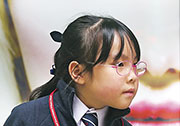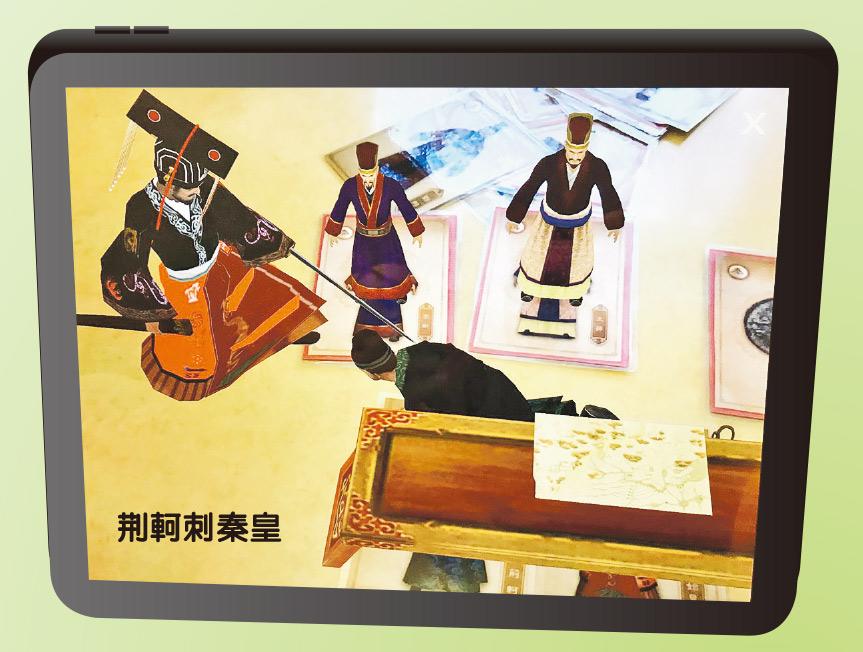Road to 5**:Childhood myopia in Hong Kong
【明報專訊】◆News summary
Between 2015 and September 2019, the ophthalmology team at the Faculty of Medicine of the Chinese University of Hong Kong(CUHK) conducted vision tests on 13,559 children aged between four and nine. It was found that the number of children with myopia peaked when they entered primary school. 11.4% of six-year-old children in Hong Kong have myopia, a higher percentage than that of European and Asian regions, while the percentage of nine-year-old children with myopia has increased to 44.5%.
◆Source A
The team has also found that the risk of myopia in children whose parents both have high myopia (a score of -6.00 D or higher) was 11.89 times greater than children whose parents have no myopia. Jason Yam, associate professor of the Department of Ophthalmology and Visual Sciences at CUHK, said that in addition to the fact that ''the Chinese have a higher chance of becoming myopic due to their genes'', the parents' living habits are also influential. Therefore, parents should lead by example. He pointed out that a lot of developed areas have this problem too.
Mrs Ng, who had two children, said that both of her children were myopic. She said that 80% of her children's classmates also wore glasses, presumably because the school often used PowerPoint or computers in class. Regarding ophthalmologists' suggestion of allowing children to get two hours of outdoor activities every day to prevent their myopia from worsening, Mrs Ng said that this was ''difficult to arrange,'' as tutorials and assignments took up much of her children's spare time.
Source: Ming Pao,2020.01.06
◆Mock examination questions
Using the information provided, explain why a high percentage of children in Hong Kong are myopic.
·Focus on the characteristics of Hong Kong (such as high socioeconomic status, a developed region,etc.)
·The reasons for the high percentage of myopic children in Hong Kong must be summarized using concept terms.
• Factor One: Heredity
Heredity is a factor leading to the high percentage of myopic children in Hong Kong. According to the information provided, the risk of myopia in children whose parents both have high myopia (having a score of -6.00 D or higher) was 11.89 times higher than those whose parents have no myopia.
• Factor Two: Regional Development Levels
Hong Kong is a developed region, and according to the information provided, children from developed regions generally have myopia. The education system in the Hong Kong region places a great emphasis on rote learning. Children need to study and complete assignments prolongedly, and constant reading is harmful to their eyes. This could result in high myopia rates. Moreover, developed regions are more affluent, which makes it easier for children to own electronic products. According to the information provided, using electronic products excessively may also be harmful to the children's eyesight.
Translated by Terence Yip
[通通識 第662期]










